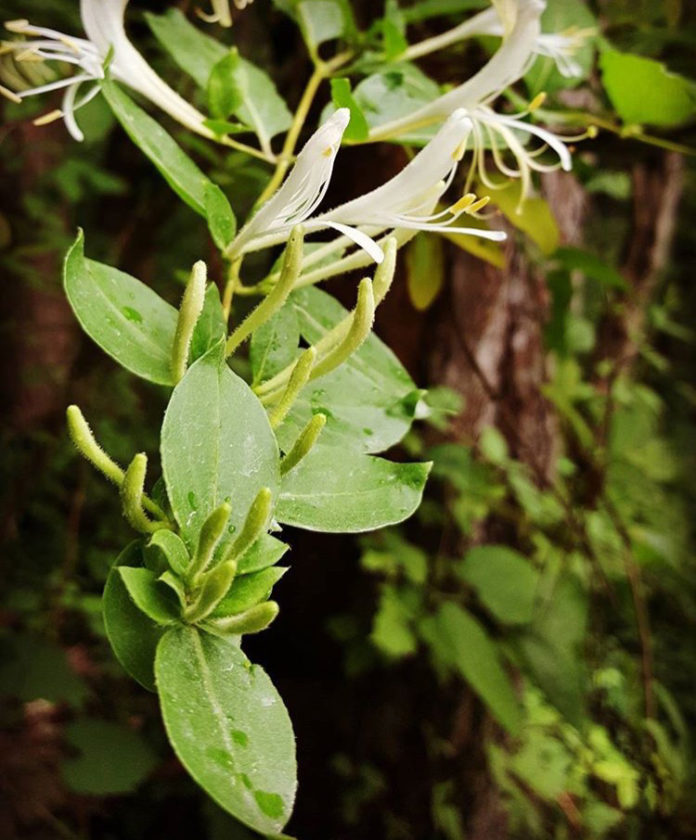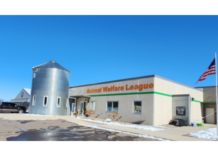The state forest inventory analysis for 2015 has been released by the Department of Natural Resources Division of Forestry. The report contains data on overall tree diversity, growth and mortality.
The report stresses that the tree species that dominate today’s forest are not being replaced with adequate numbers of young seedlings of the same species. The state began logging state forests and deer have eating up the seedlings, according to the Indiana Forest Alliance. Indiana has seen a 400% increase in commercial logging of our state forests since 2002.
A part of natural succession, this condition is occurring in both public and private forests across the state. “Maintaining the current tree species mix will probably take a more intensive management approach than has been done in the past,” said John Seifert, director of the DNR Division of Forestry. “These are generational trends that will take many years to resolve.”
Another noteworthy item from the report is the amount of tree mortality that has been occurring in the state forest system. The data indicate that about 10.8 million board feet are lost annually, and that there are 1.7 million standing dead trees measuring more than 5 inches in diameter. Some of this tree mortality is linked to recent drought events that started to take a toll within one to five years of the actual drought.
Periodic insect outbreaks are also analyzed in the report, particularly the 2012-2013 occurrence of tulip poplar scale. Also noteworthy is the declining state of many of the pine stands that were planted in years past in order to heal abused, eroded old pasture and crop fields. The entire report can be viewed at dnr.IN.gov/forestry/3605.htm.
Other noteworthy findings:
*156,185 total acres; 150,932 forested acres with the balance in non-forest (i.e., campgrounds) and water
*96% of the forested acres are hardwoods
*85% of the forested acres are sawlog-sized stands
*Forests contain 58.6 million live trees
*Sugar maple trees and seedlings are more abundant than any other species
*337.1 million cubic feet of total live tree volume
*1.159 billion board feet (Doyle) of sawlog volume
*White oaks followed by red oaks are the species groups with the most sawlog volume
*More than half of the sawlog volume is considered grade 1 or 2
*Japanese honeysuckle, multiflora rose, and stiltgrass are the most common invasive species





